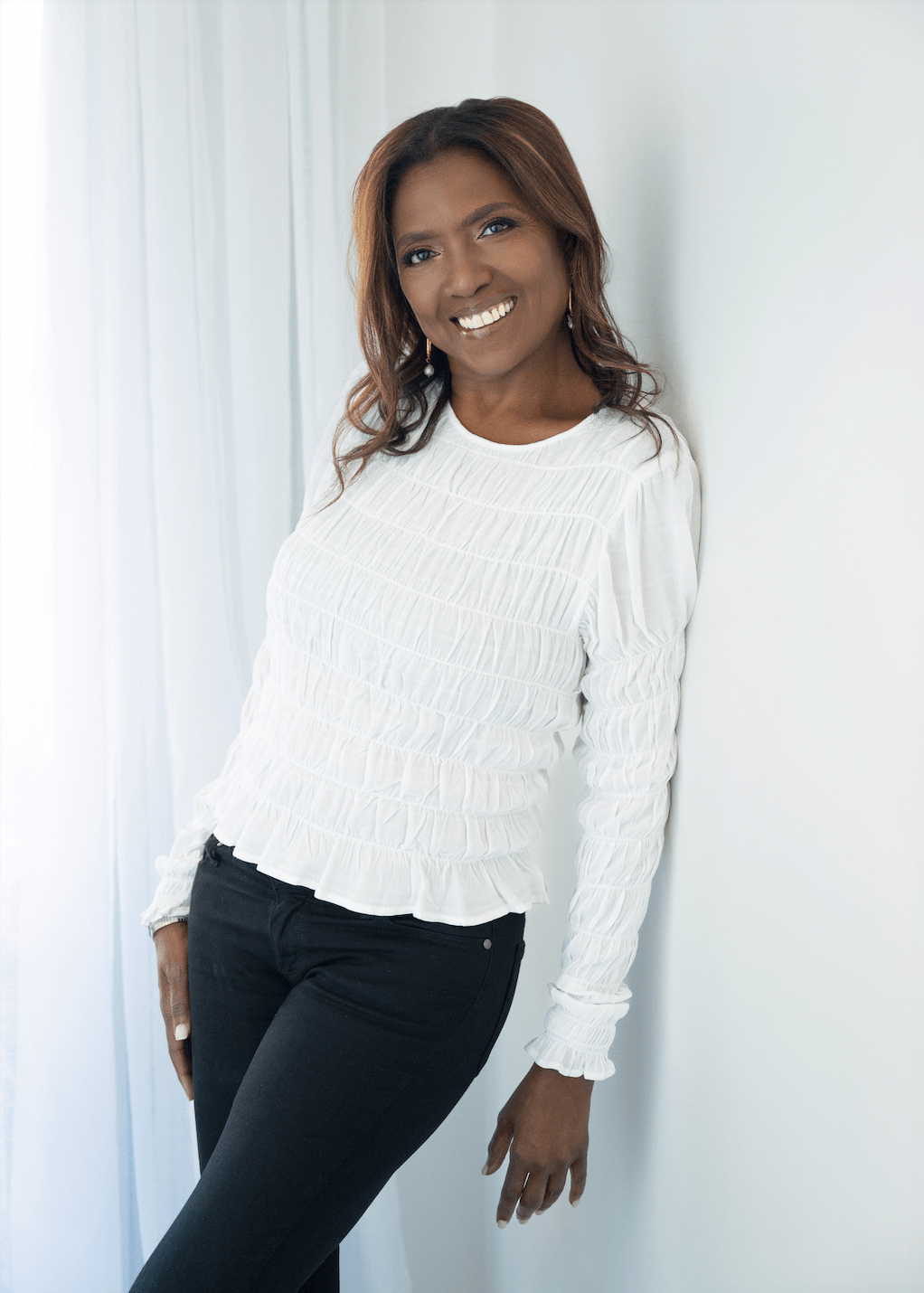Lifestyle
Making Modern Architecture More Functional and Less Phony

Modern architecture is becoming overly decorative at the expense of functionality. Folks continue to add faux touches or cheap materials to structures only for decoration and appearance. The following should help you see why modern architecture needs to change and go back to being functional.
Usefulness
Many nonfunctioning building elements are potentially hazardous and unhealthy. For instance, windows that can’t open from the inside. In the event of an AC malfunction on a hot summer day, functional windows help maintain airflow while waiting for air conditioning repair technicians. They also provide a means of escape in case of fire or other threats from within the building itself.
Interest
More people are interested in genuine architectural designs that are functional. It seems people want to feel like they are getting the most out of their investment, and this is something architects need to keep in mind when designing their next building. Folks who want functionality in every corner of their design are willing to pay for this, which should help reverse the current trend. In residential design more than ever, daring and stunning design are demanded by homeowners. Second hand stay markets like AirBNB and VRBO have made unique homes easy to monetize on a nightly basis, encouraging daring design instead of the same old single-family home.
Wise
Installing elements without purpose is starting to look like a waste of money to some folks. The problem is folks have gotten used to some of these elements as part of a home or commercial building. If they’re going to install them anyway, they might as well be useful. Power outages and other malfunctions are still possible, so having something like a natural fireplace as a backup makes sense.
Why Did it Become Phony?
There are several reasons why architecture became less functional and more decorative. The following are some of those reasons:
Inexpensive Materials
One reason contemporary architecture is overly decorative is that affordable material is available. Manufacturers continued to create more affordable materials that made it easier for folks to design buildings without expensive materials like brick. It should be pointed out that while brick is costly, it’s quite functional. For example, it seems to retain heat much better than other building materials.
Simplicity
The other reason architecture has gotten so decorative is that it’s easier to create buildings that look like they have functional additions, like windows that don’t do anything but look like a window. There are many examples of similar additions that remind you that this is a home or a building without really serving a function. Simplicity continues to rise in popularity because it’s cheaper to design and build.
Technology
Another reason homes and buildings have several different nonfunctional elements is because of technology. For example, creating heat using electricity or gas lines made it possible for folks to avoid the need for chimneys. Still, a lot of people install chimneys even if there isn’t a need. They install them because it makes their property look luxurious; sometimes, they even install a digital screen to replace firewood.
It’s easy to see why the phony elements became popular, but it’s easy to see why there’s a movement pushing back. There’s no telling which side will win; maybe it’ll be both, but it’s good to pay attention.
Lifestyle
Wanda Knight on Blending Culture, Style, and Leadership Through Travel

The best lessons in leadership do not always come from a classroom or a boardroom. Sometimes they come from a crowded market in a foreign city, a train ride through unfamiliar landscapes, or a quiet conversation with someone whose life looks very different from your own.
Wanda Knight has built her career in enterprise sales and leadership for more than three decades, working with some of the world’s largest companies and guiding teams through constant change. But ask her what shaped her most, and she will point not just to her professional milestones but to the way travel has expanded her perspective. With 38 countries visited and more on the horizon, her worldview has been formed as much by her passport as by her resume.
Travel entered her life early. Her parents valued exploration, and before she began college, she had already lived in Italy. That experience, stepping into a different culture at such a young age, left a lasting impression. It showed her that the world was much bigger than the environment she grew up in and that adaptability was not just useful, it was necessary. Those early lessons of curiosity and openness would later shape the way she led in business.
Sales, at its core, is about connection. Numbers matter, but relationships determine long-term success. Wanda’s time abroad taught her how to connect across differences. Navigating unfamiliar places and adjusting to environments that operated on different expectations gave her the patience and awareness to understand people first, and business second. That approach carried over into leadership, where she built a reputation for giving her teams the space to take ownership while standing firmly behind them when it mattered most.
The link between travel and leadership becomes even clearer in moments of challenge. Unfamiliar settings require flexibility, quick decision-making, and the ability to stay calm under pressure. The same skills are critical in enterprise sales, where strategies shift quickly and no deal is ever guaranteed. Knight learned that success comes from being willing to step into the unknown, whether that means exploring a new country or taking on a leadership role she had not originally planned to pursue.
Her travels have also influenced her eye for style and her creative pursuits. Fashion, for Wanda, is more than clothing; it is a reflection of culture, history, and identity. Experiencing how different communities express themselves, from the craftsmanship of Italian textiles to the energy of street style in cities around the world, has deepened her appreciation for aesthetics as a form of storytelling. Rather than keeping her professional and personal worlds separate, she has learned to blend them, carrying the discipline and strategy of her sales career into her creative interests and vice versa.
None of this has been about starting over. It has been about adding layers, expanding her perspective without erasing the experiences that came before. Wanda’s story is not one of leaving a career behind but of integrating all the parts of who she is: a leader shaped by high-stakes business, a traveler shaped by global culture, and a creative voice learning to merge both worlds.
What stands out most is how she continues to approach both leadership and life with the same curiosity that first took her beyond her comfort zone. Each new country is an opportunity to learn, just as each new role has been a chance to grow. For those looking at her path, the lesson is clear: leadership is not about staying in one lane; it is about collecting experiences that teach you how to see, how to adapt, and how to connect.
As she looks to the future, Wanda Knight’s compass still points outward. She will keep adding stamps to her passport, finding inspiration in new cultures, and carrying those insights back into the rooms where strategy is shaped and decisions are made. Her legacy will not be measured only by deals closed or positions held but by the perspective she brought, and the way she showed that leading with a global view can change the story for everyone around you.
-

 Tech5 years ago
Tech5 years agoEffuel Reviews (2021) – Effuel ECO OBD2 Saves Fuel, and Reduce Gas Cost? Effuel Customer Reviews
-

 Tech6 years ago
Tech6 years agoBosch Power Tools India Launches ‘Cordless Matlab Bosch’ Campaign to Demonstrate the Power of Cordless
-

 Lifestyle6 years ago
Lifestyle6 years agoCatholic Cases App brings Church’s Moral Teachings to Androids and iPhones
-

 Lifestyle5 years ago
Lifestyle5 years agoEast Side Hype x Billionaire Boys Club. Hottest New Streetwear Releases in Utah.
-

 Tech7 years ago
Tech7 years agoCloud Buyers & Investors to Profit in the Future
-

 Lifestyle5 years ago
Lifestyle5 years agoThe Midas of Cosmetic Dermatology: Dr. Simon Ourian
-

 Health7 years ago
Health7 years agoCBDistillery Review: Is it a scam?
-

 Entertainment6 years ago
Entertainment6 years agoAvengers Endgame now Available on 123Movies for Download & Streaming for Free
